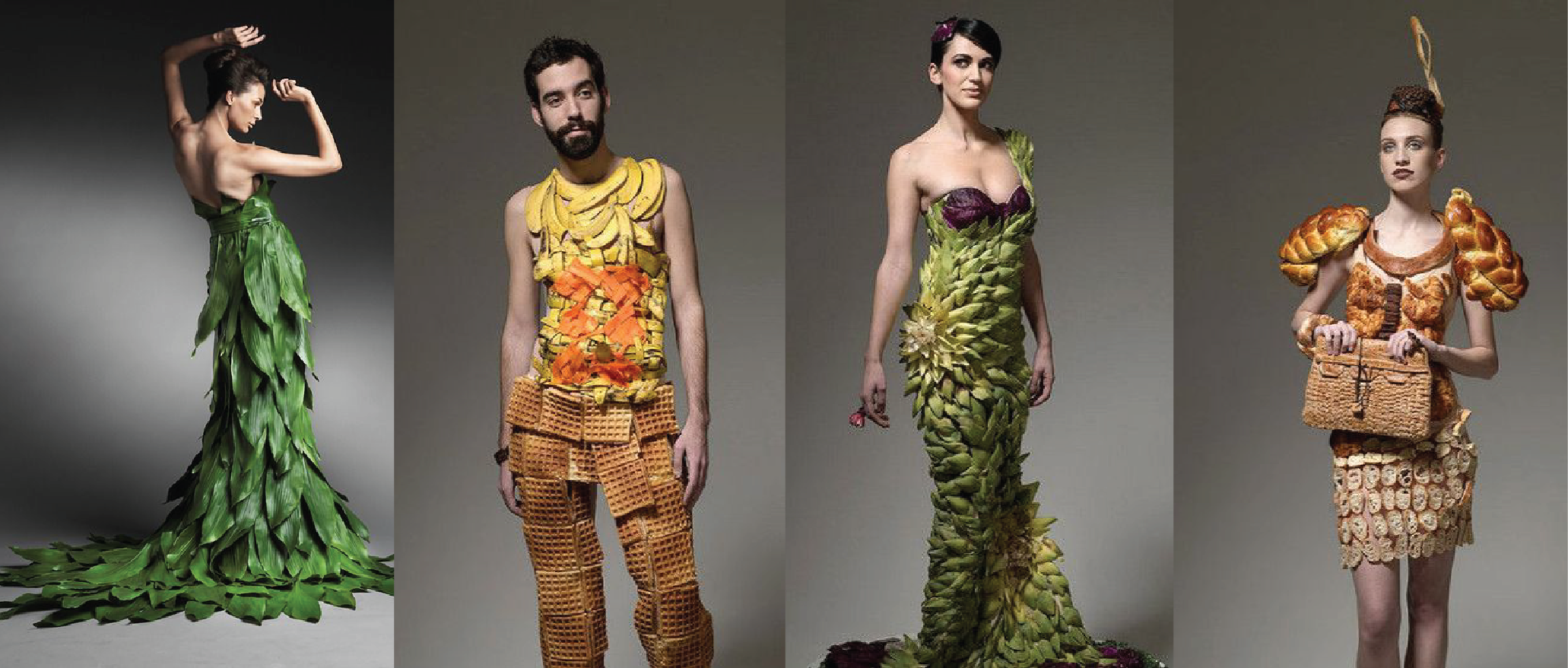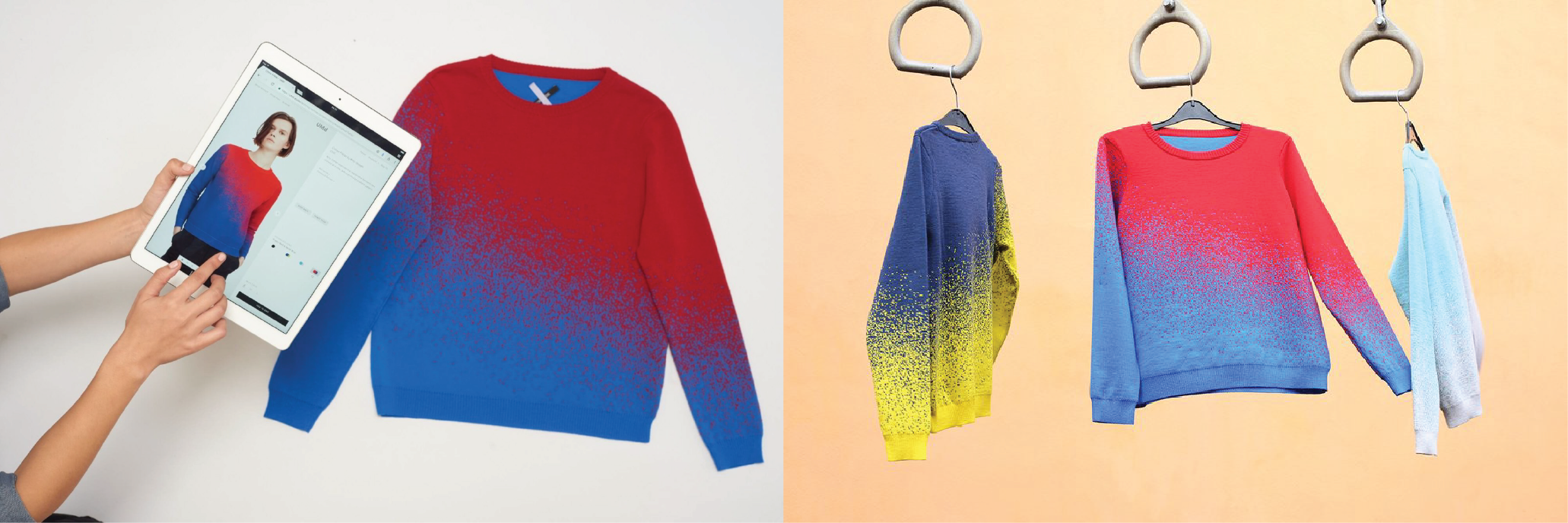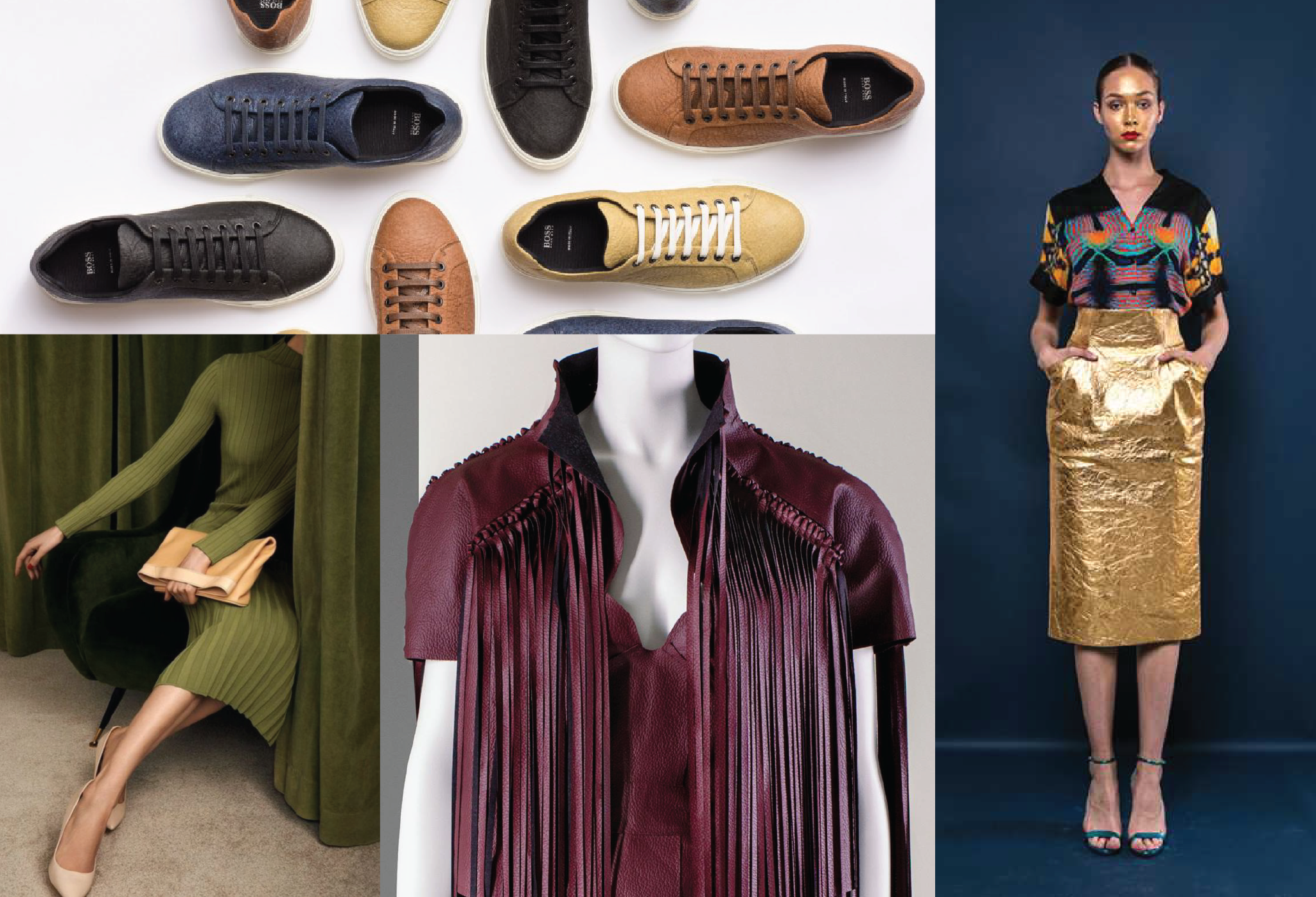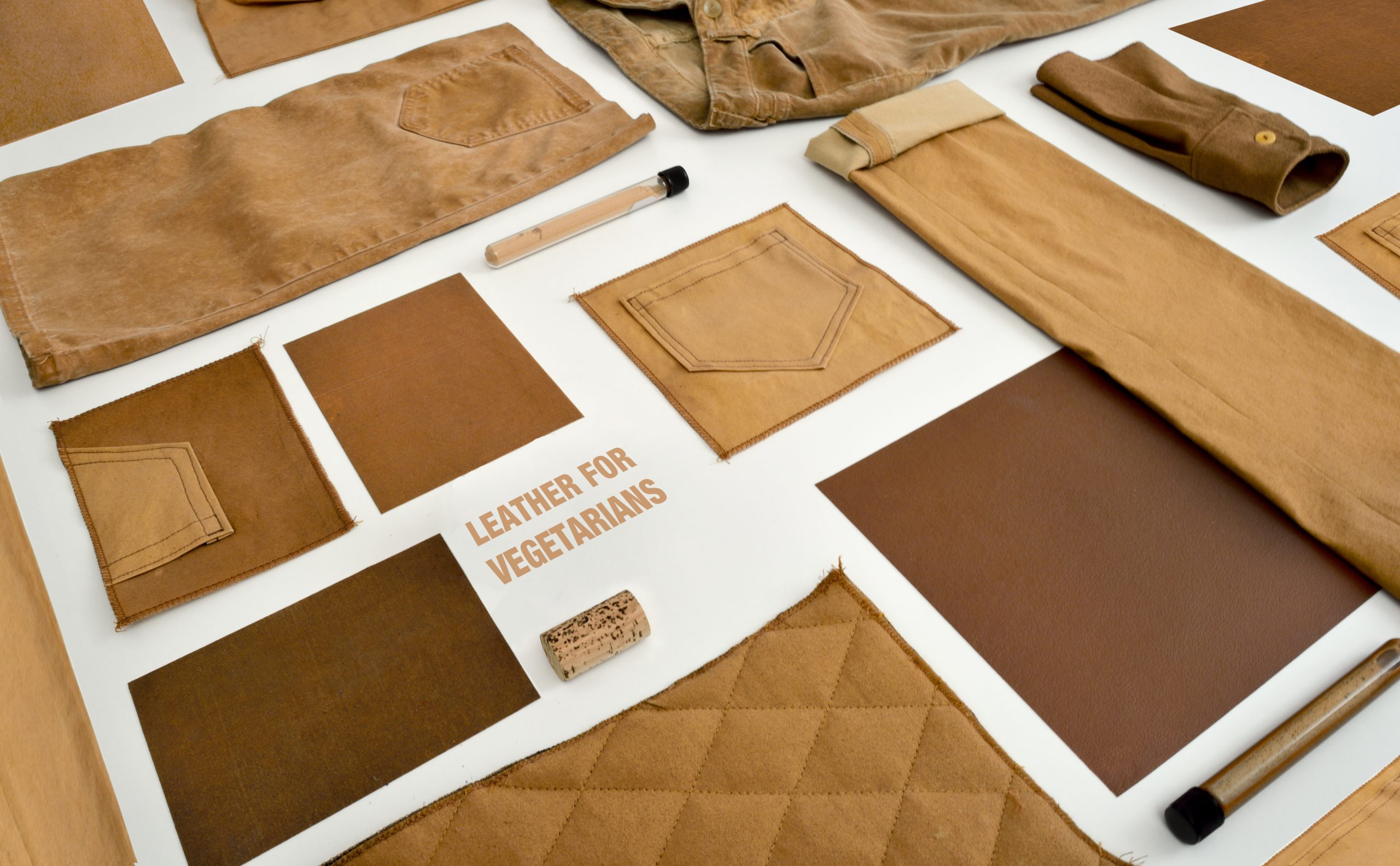ARE WE HEADING THE AGRO-FASHION REVOLUTION?

“It is high time to move from basic to value-added products” Syed Kamrul Hassan – Managing Director at CLT Trim Textiles

“Bio-based materials are opening an accelerated path thanks to social awareness of the final consumer, now much more sensitive to weather changes, animal abuse, and working conditions“
Since the last decades, we are experiencing a disruptive change in fashion and Design Industries.
Bio-based materials are opening an accelerated path thanks to social awareness of the final consumer, now much more sensitive to weather changes, animal abuse, and working conditions, uncovering the dark side of fashion. The rise of bio-materials is also due to the current technological scenario, an essential tool for the development of tomorrow’s production reality, the industry 4.0.
Modern technology is changing the state of manufacturing. Industry 4.0 has allowed manufacturers to keep up with market changes and consumer demand, thanks to the incredible capabilities of technology.
Computers, software, and big data have all become an instrumental part of the production process. Overall, the technology that’s powering Industry 4.0 offers a slew of benefits, including incredible levels of scalability, improved security, better controls, visibility improvements and an increase in customer satisfaction.
Also, new opportunities have become available, such as the possibility to customize products for individual customers on a massive scale, something unheard of in the past.

“New opportunities have become available, such as the possibility to customize products for individual customers on a massive scale.”
Technology has created a perpetual state of change, and it’s something that will likely stick around for quite some time. In reality, while many of the related technologies already provide incredible features and functionality, there is still a lot of experimentation going on, as a result of the intersection between different industries that have never been in contact before.
After the Eco-Chic (and I would say that it was a trend and not a change of fashion paradigm) there is a new frontier of the apparel sector, which takes the name of AGRO-FASHION, a concept which is focused on reuse the food waste to rediscover new production techniques using as starting point the ancient reality that has been forgotten with the advent of synthetic fibers.
The Agri-fashion sector promotes not only the spread of vegetable fabrics such as cotton, linen, silk or hemp but above all, it uses the waste of other industries and turns them in a better resource.

Today about a hundred companies are pioneering this unprecedented supply chain, which brings together agriculture and fashion and is still to be built; especially because the most prestigious fashion Maisons are now starting to look with a growing interest in the sector. Certainly niche, but with a constantly growing demand: 78% of Italians said they were willing to pay more for eco-friendly clothing, but in Sweden, there are even more careful consumers, willing to pay up to 300 % more than the current price.
This is a necessary supply chain if we consider that the ONU has already branded the textile industry as the second most polluting in the world because it is responsible for 20% of the global waste of water and 10% of the CO2 and greenhouse gas emissions, Cia-Agricoltori points out that: “It takes about 2,700 liters of water to make a shirt and 10,000 liters for a pair of jeans”.
And again: “Cotton crops are responsible for 24% of the use of insecticides and 11% of pesticides, despite occupying only 2.4% of the world’s agricultural area”. Against this commitment of resources, only 1% of the fabrics thrown away are recycled and, according to the Fashion for Goods association, by 2030 the consumption of clothing will increase by 65%, with a 61% increase in waste and a 49% increase in water use.

“In 2020 millions of consumers are looking for products, services, and experiences that will help them alleviate the growing eco-shame.”
In the fashion sector, more detailed control has been established in recent years. Environmental protests at London Fashion Week in September 2019 generated a significant change. About 66% of customers in UE (and 75% of respondents are from the Millennial generation) say they consider sustainability when purchasing luxury fashion. However, consumers don’t always support words with actions. Only a minority are willing to pay more for sustainable products – only 31% of Gen-Z and 12% of baby boomers.
When sustainable alternatives are more widespread, convenient and equally good or better than the conventional option, ecological consumption becomes a priority and not an option among many, therefore a sort of consumer shame is generated at not buying BIO products despite having various alternatives… That is why in 2020 millions of consumers are looking for products, services, and experiences that will help them alleviate the growing eco-shame.

45% of the clothing companies interviewed by McKinsey (international consultancy company) are trying to integrate innovative bio-based materials and over 67% of managers say that the use of sustainable innovative materials will be important for their company.
Brands like New Balance, VF Corporation and 3M are experimenting with leather alternatives like Piñatex, made from pineapple leaf fibers. These alternatives are attracting the attention of companies like H&M, Hugo Boss and Chanel.

“This brings us to the natural conclusion that a new generation of designers, thanks to the support of the fashion and textile companies, have the responsibility to provide the best option in line with ethical and environmental values.”

This is what I am trying to do with my project “Leather for Vegetarians”, a material that imitates leather but it is created from cork powder, a residue originated when sanding pieces of cork in the process of manufacturing the bottle stoppers. A small contribution to a new material revolution that is trying to bring to the society a new mindset, based on Environmental consciousness, community welfare and the conservation of the rural economy, a valuable heritage that sometimes we forget to belong.
Industrial Designer
Bibliography:
https://www.treehugger.com/green-food/wearing-food-is-a-new-fashion.html
https://www.textiletoday.com.bd/recycling-upcycling-agricultural-waste-fashion/ https://www.fibre2fashion.com/industry-article/7805/agro-residues-beyond-waste-potential-fibers-for-textile-industry





